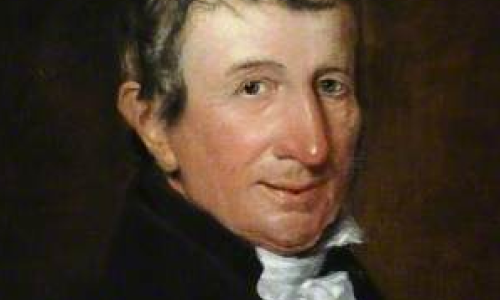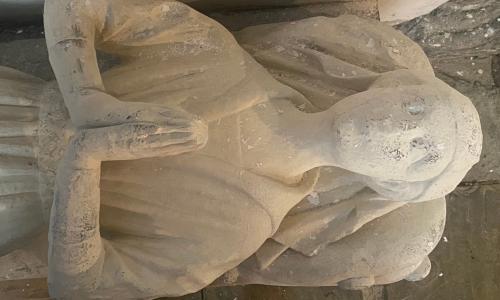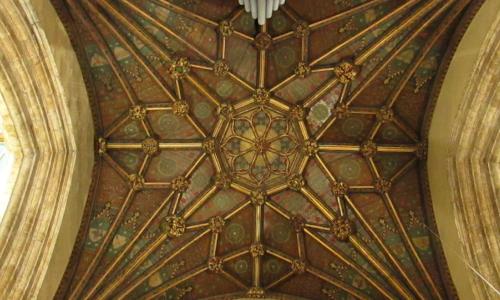Two of the most colourful windows at Hull Minster were designed by the Victorian artist Walter Crane. The windows, known as the Brooks Window and the Earle window after the families that paid for them, are located on the south wall of the Minster's nave. See the videos at the foot of this page for a closer look at both.
Walter Crane was born in Liverpool on 15 August 1845, the second son of Thomas Crane, a portrait painter and miniaturist. By the age of twelve he had moved to London and was studying with John Ruskin, the noted writer, philosopher and art critic of the Victorian era. He was influenced by the Pre-Raphaelite movement, gaining recognition for his illustrations of Tennyson’s ‘Lady of Shalott’.
In 1864 Crane began his illustrations for children’s books, an association he is generally most remembered for. He added his own Crane hieroglyph to each picture.
Crane was an active member of the Socialist movement, promoting art in the daily lives of all classes particularly with the Workers Guild and the Arts and Crafts Exhibition Society, becoming a great admirer of Burne-Jones.
He died on 14 March 1915 at Horsham, West Sussex, leaving a legacy of varying work including plaster relief, tiles, pottery, wallpaper and textile designs, and stained glass. A prodigious worker, it is commented that few artists except for Morris worked so incessantly without visible strain.
The Brooks Window and the Earle Window
The videos below provide closer views of the two windows in Hull Minster designed by Walter Crane.




